The New York City Department of Health opened a quarantine facility at Riverside Hospital on North Brother Island
In 1903, the New York City Department of Health opened a quarantine facility at Riverside Hospital on North…
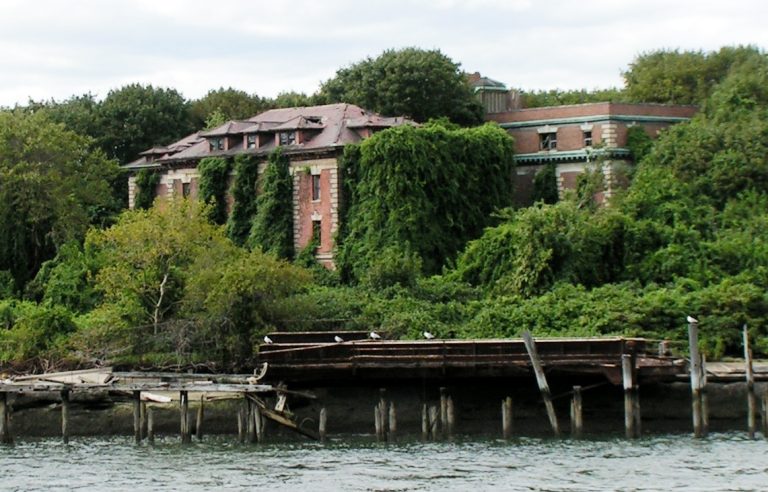
In 1903, the New York City Department of Health opened a quarantine facility at Riverside Hospital on North…

In January 1901, after John D. Rockefeller Sr.’s grandson died from scarlet fever, the capitalist and philanthropist formalized…

In 1901, Johnsonᅠ &ᅠ Johnson published the first First Aid Manuals, using proven best practices from leading physicians….
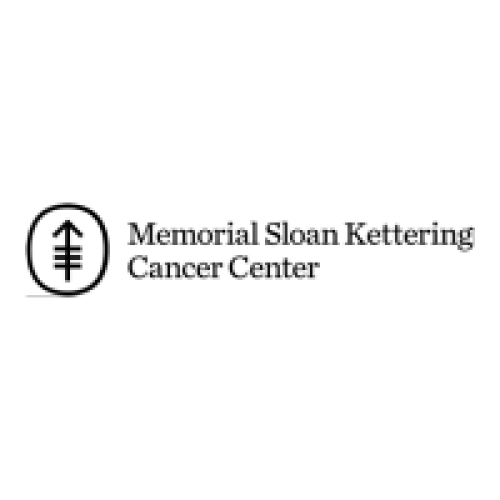
In 1899, New York Cancer Hospital on Manhattan’s Upper West Side (Memorial Sloan-Kettering Cancer Center) was renamed the…

In 1898, the Gratwick Research Laboratory, now known as the Roswell Park Cancer Institute (RPCI) was founded by…
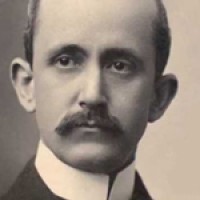
In 1897, Maxwell W. Becton and Fairleigh S. Dickinson established Becton, Dickinson and Company (BD) in New York,…
In 1894, Johnsonᅠ&ᅠJohnson launched maternity kits to make childbirth safer for mothers and babies. JOHNSON’Sᆴ Baby Powder goes…
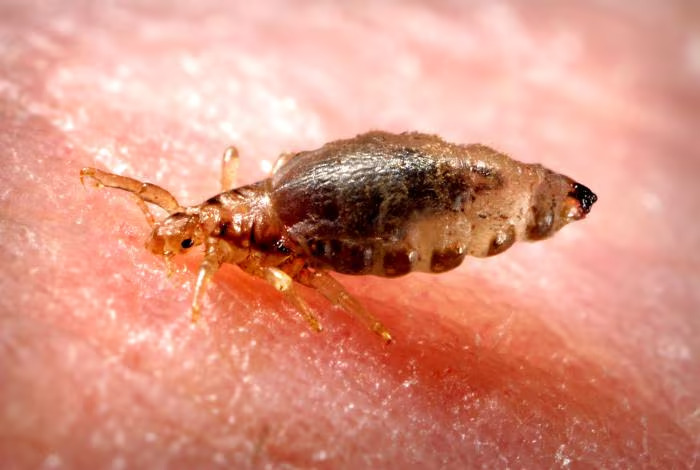
In 1892, the port of New York imposed a 20 day quarantine on all immigrant passengers who traveled…
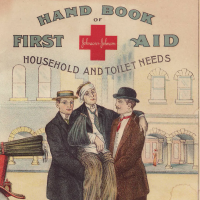
In 1888, Johnson ᅠ& ᅠJohnson published “Modern Methods of Antiseptic Wound Treatment.” The book quickly became one the…
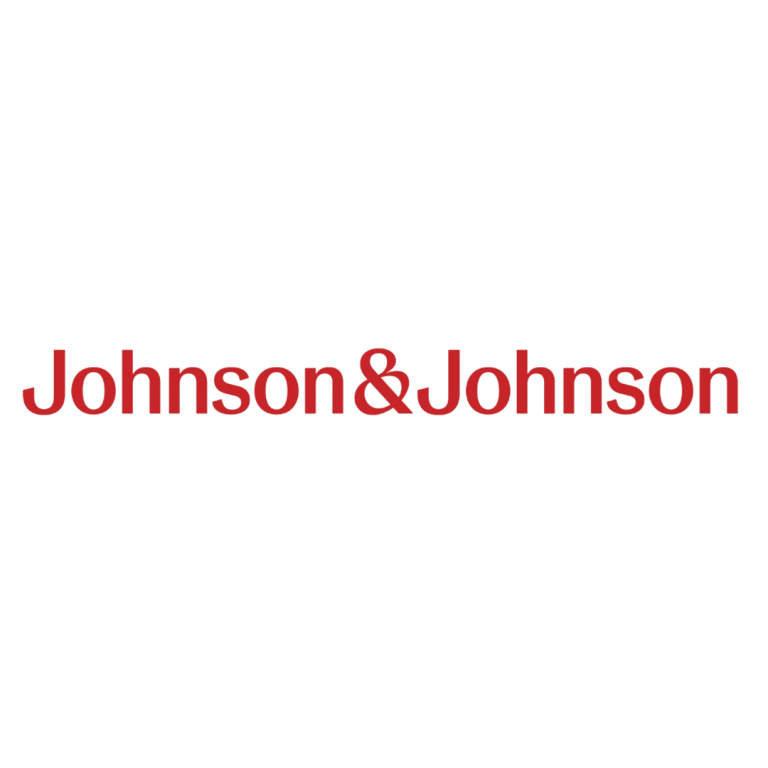
In 1888, Johnson ᅠ& ᅠJohnson pioneered the first commercial first aid kits. The initial kits were designed to…

On Dec. 13, 1887, William McLaren Bristol and his friend, John Ripley Myers, invested $5,000 into the Clinton…
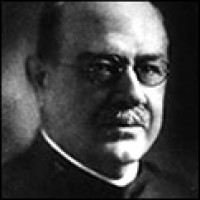
In 1887, Joseph Kinyoun, a Marine Hospita Service (MHS) physician trained in the new bacteriological methods, set up…
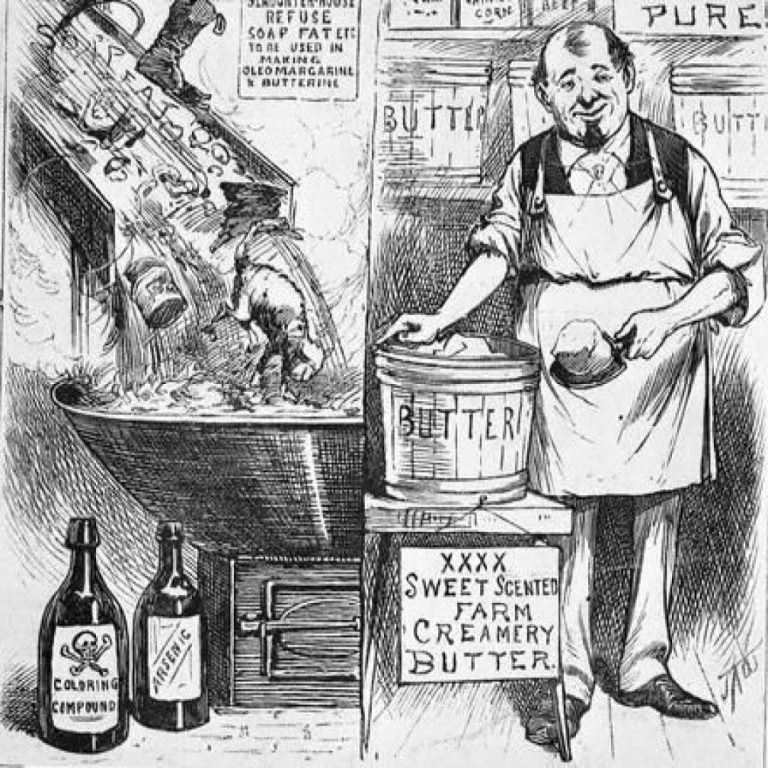
On Aug. 2. 1886, the U.S. Congress passed the Oleomargarine Act which among other things, directed the Secretary…
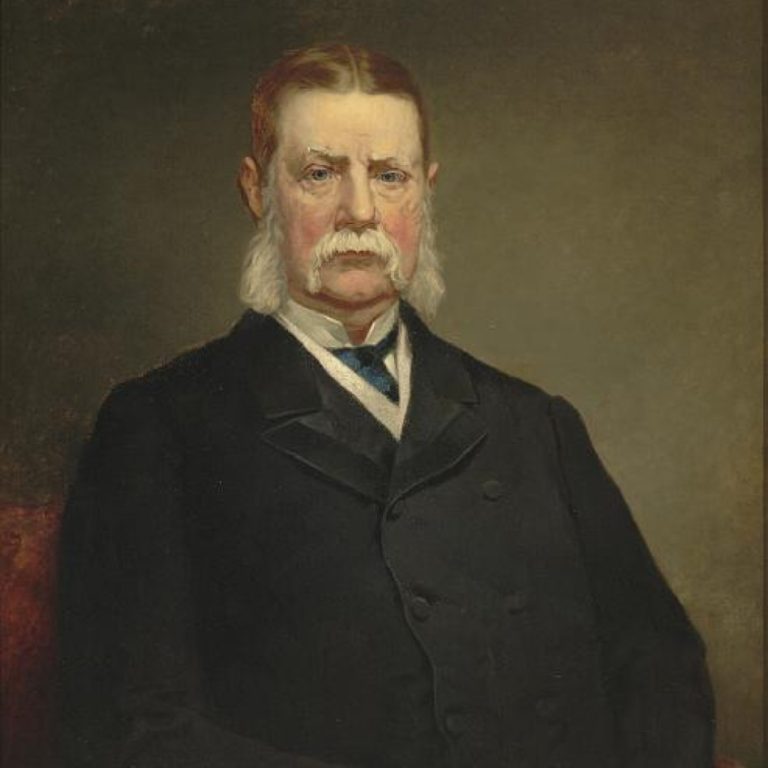
In 1884, New York Cancer Hospital on Manhattan’s Upper West Side (Memorial Sloan-Kettering Cancer Center) was founded by…
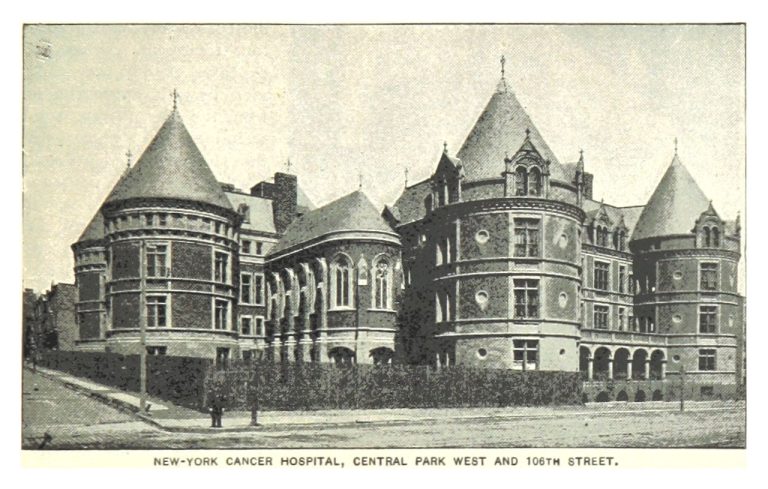
In 1872, the New York Skin and Cancer Hospital was founded as the first hospital in America devoted…
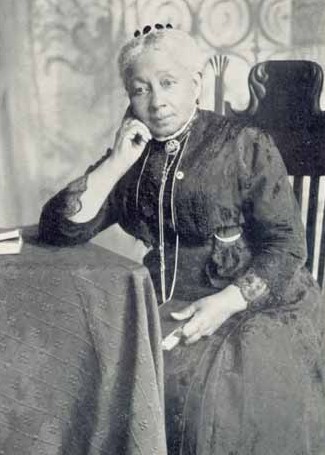
In 1870, Dr. Susan Smith McKinney Steward was the first African-American woman to ever earn a medical degree…
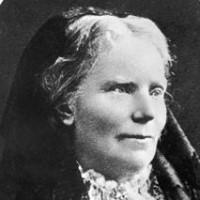
In 1867, the medical college for women at the New York Infirmary for Women and Children was founded….
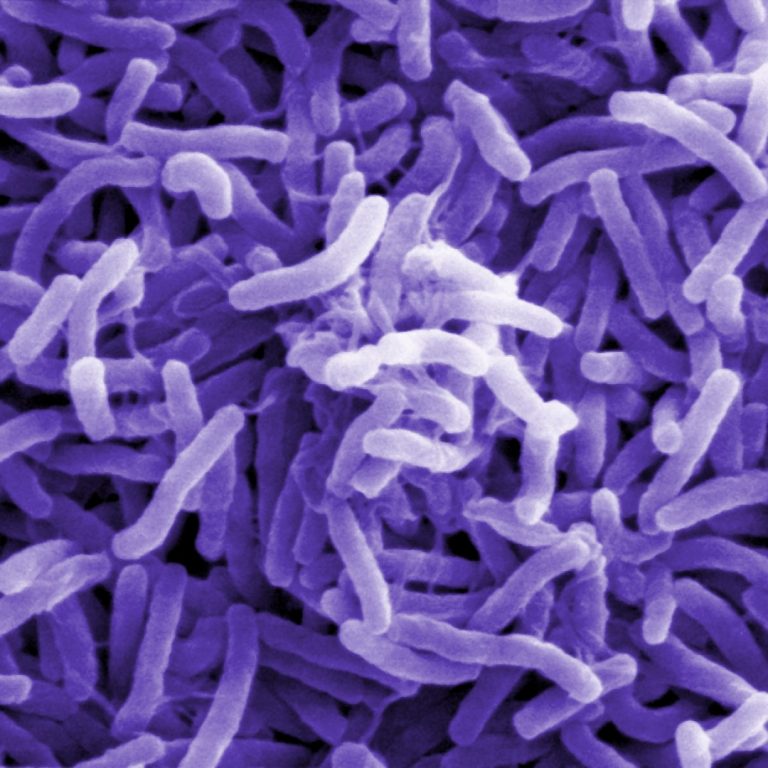
On April 18, 1866, the steamer Virginia arrived in New York from Liverpool, its passengers riddled with cholera….
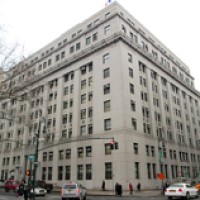
In 1866, The Metropolitan Board of Health was established in New York City at the suggestion of the…
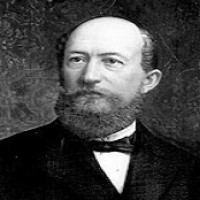
In 1865, The Bayer Company acquired an interest in its first coal-tar dyes factory in Albany, New York.
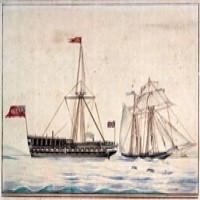
In 1863, New York State’s new Quarantine Act called for a quarantine office run by a health officer…
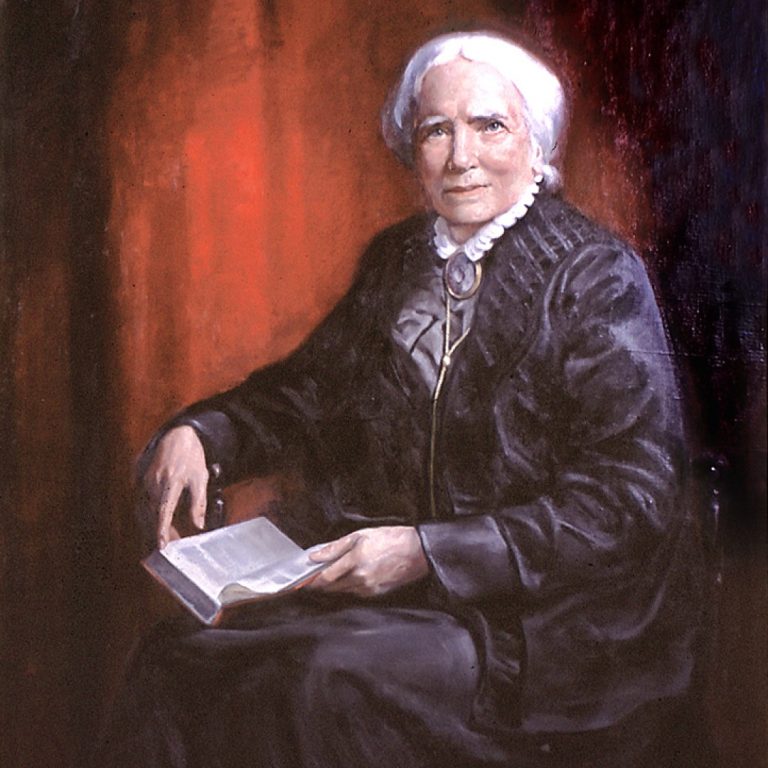
In 1857, Dr. Elizabeth Blackwell, her sister, Dr. Emily Blackwell, and Dr. Marie Zakrzewska founded the New York…
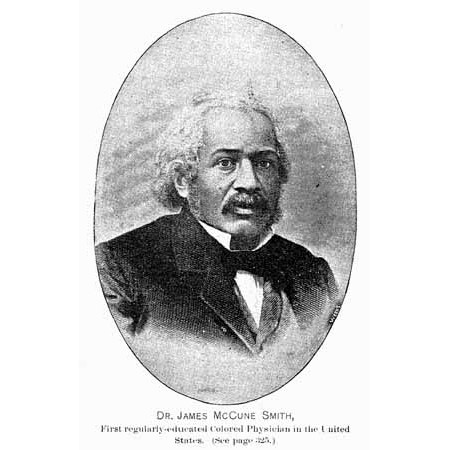
In 1852, James McCune Smith, the first African American to hold a medical degree, was invited as a…

On Jan. 3, 1849, Elizabeth Blackwell received her M.D. degree from the Medical Institution of Geneva, N.Y., and…
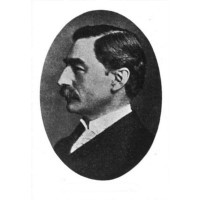
In 1840, Emil Mallinckrodt acquired a land in the Bremen area of St. Louis, which became the site…
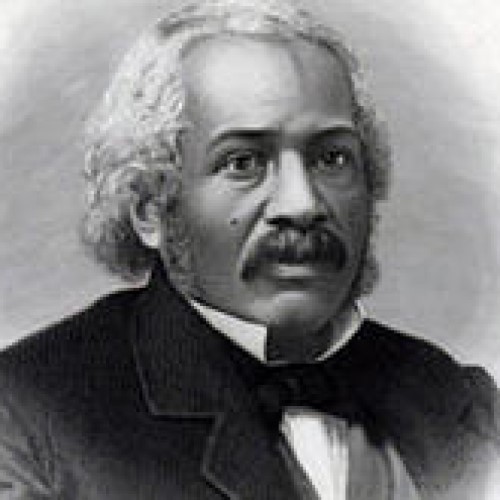
In 1837, Dr. James McCune Smith became the first African American to hold a medical degree. Smith, a…

In 1832, New York mandated in June that no ship can approach within 300 yards of any dock…

In 1832, Asiatic cholera epidemic hit New York City with particular ferocity. Sanitary cordons, or quarantine, were the…
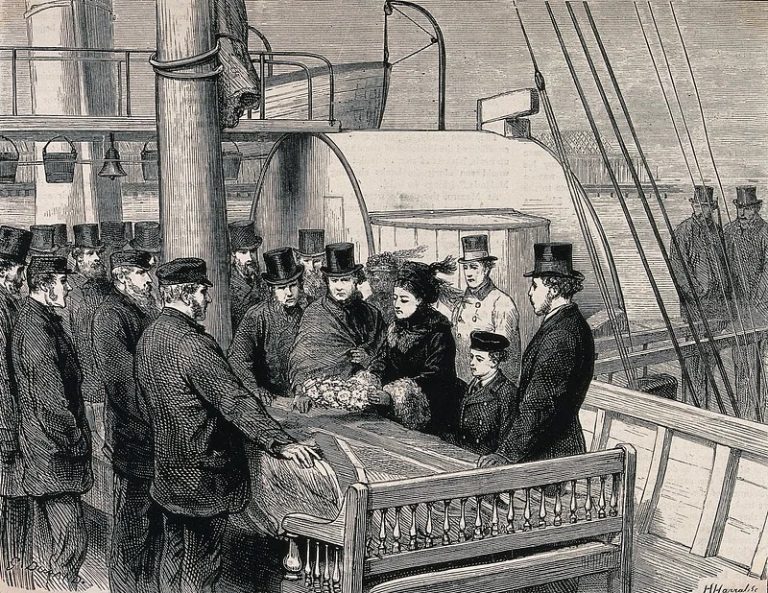
In 1738, the New York City Council established a quarantine anchorage off Bedloe’s Island, now home to the…

In 1663, during a smallpox epidemic in New York City, the General Assembly passed a law forbidding people…